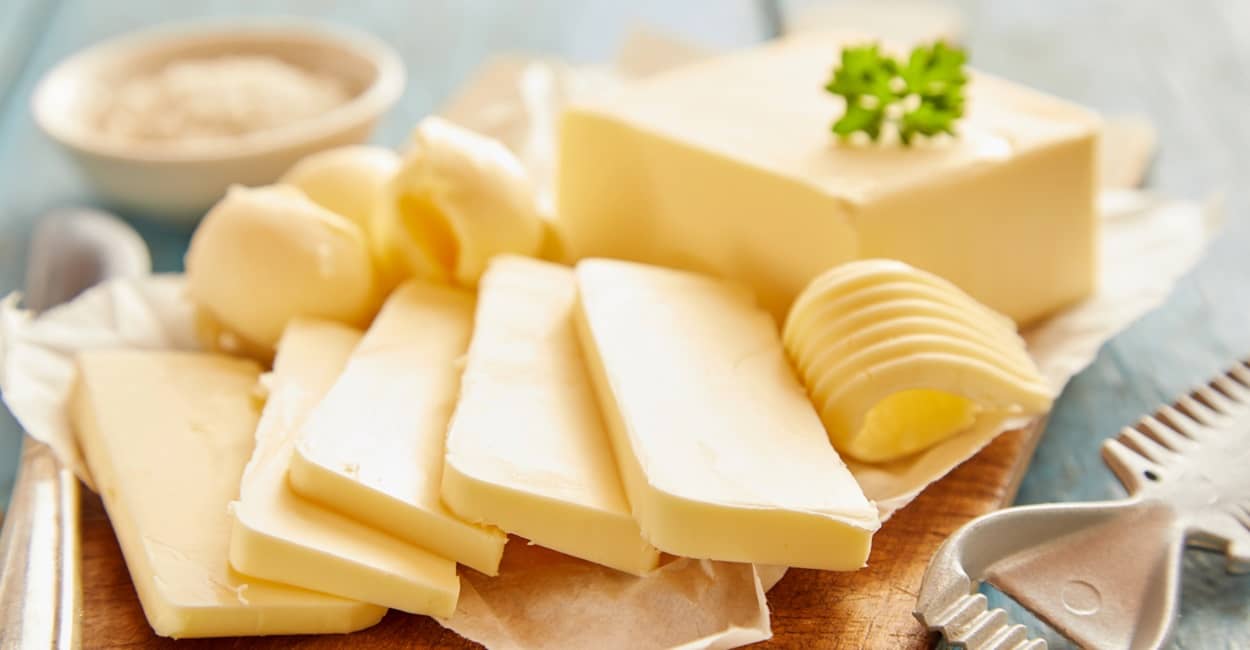If you’re looking for a simple yet powerful way to elevate your home cooking, look no further than compound butter. This kitchen secret can transform everyday dishes into restaurant-quality fare with minimal effort. Whether spread on crusty bread, melted over a sizzling steak, or stirred into a hearty bowl of pasta, compound butters deliver a burst of rich, aromatic goodness that takes any meal to the next level.
What Is Compound Butter?
Compound butter (sometimes called flavored butter) is simply butter mixed with various herbs, spices, and other flavor agents like lemon zest, garlic, or sweet ingredients. The result is a handy, pre-seasoned spread that offers instant flavor to dishes. From savory garlic-and-herb butters perfect for savory applications, to sweet strawberry-and-honey butters that are delightful on scones and pancakes, the possibilities are nearly endless.
Why Use Compound Butter?
1. Immediate Flavor Boost
The greatest advantage of compound butter is how quickly it can elevate your meal. One quick pat of herb-infused butter can melt into a steak or swirl into a sauce, turning an everyday dinner into something special.
2. Versatility
Compound butter blends well with proteins like steak, chicken, and fish. It can also enhance vegetables, breads, pastas, and even desserts if you opt for a sweet blend. Keep a few varieties in your fridge, and you’ll have a go-to flavor solution on hand.
3. Customizability
Tailor compound butters to your preference or dietary needs. If you love spicy flavors, mix in cayenne or chili flakes. If you adore fresh herbs, opt for thyme, basil, or rosemary. For sweet spreads, incorporate fruit preserves or even chocolate chips. The flavor combinations are only limited by your creativity.
4. Easy Storage
Pre-made compound butter can be rolled, refrigerated, or frozen for later use, meaning you can prepare it in large batches and then enjoy it over time. This efficiency makes compound butter a meal-planning dream.
How to Make Compound Butter
Making compound butter is quick and easy. Here is a basic process that you can adapt based on your favorite flavors:
-
Start with Room Temperature Butter
-
Take unsalted butter out of the refrigerator and let it soften. Room-temperature butter is easier to blend with herbs and seasonings.
-
-
Combine Your Flavors
-
In a small bowl, add minced herbs (e.g., parsley, chives, thyme), spices (e.g., garlic powder, chili flakes), zests (e.g., lemon, orange), or other ingredients (e.g., chopped nuts, cheese, honey) to the softened butter.
-
Mix thoroughly with a fork or spatula until the ingredients are evenly distributed.
-
-
Shape and Chill
-
Once everything is mixed, spoon the butter onto a piece of parchment paper or plastic wrap.
-
Roll it into a log or create any shape you desire. Make sure it is sealed well.
-
Place it into the refrigerator for at least an hour to allow the flavors to meld. For longer storage, wrap the log tightly and freeze for up to three months.
-
Five Flavor Combinations to Try
-
Garlic & Herb Butter
-
Ingredients: Minced garlic, chopped parsley, thyme, black pepper, and a pinch of salt.
-
Recommended Uses: Melt on steak, chicken, grilled vegetables, or fresh bread.
-
-
Lemon & Rosemary Butter
-
Ingredients: Finely grated lemon zest, chopped rosemary, black pepper, and sea salt.
-
Recommended Uses: Perfect for fish, seafood, or drizzling over roasted vegetables like potatoes or carrots.
-
-
Honey & Cinnamon Butter
-
Ingredients: Honey, ground cinnamon, a pinch of nutmeg, and a small pinch of salt.
-
Recommended Uses: A sweet topping for toast, biscuits, pancakes, waffles, or even warm oatmeal.
-
-
Sun-Dried Tomato & Basil Butter
-
Ingredients: Finely chopped sun-dried tomatoes, fresh basil, grated Parmesan (optional), and black pepper.
-
Recommended Uses: Spread on crusty bread, stir into pasta, or melt over grilled chicken.
-
-
Blue Cheese & Walnut Butter
-
Ingredients: Crumbled blue cheese, finely chopped walnuts, a drizzle of honey (optional), and black pepper.
-
Recommended Uses: Fantastic on steaks and burgers or spread on a hearty piece of rustic bread.
-
Tips and Tricks
-
Use Good-Quality Butter: Since butter is the base of the recipe, opt for a high-quality, European-style butter with a higher fat content for a richer taste.
-
Taste as You Go: It’s easier to add flavors incrementally than to remove them, so taste your butter mixture as you blend in additional herbs, spices, or sweetness.
-
Mind the Salt: If you’re starting with salted butter, adjust the seasonings accordingly. If you are using unsalted butter, you’ll likely need a pinch of salt to balance and enhance the flavors.
-
Label Your Logs: If you make multiple batches of compound butter, label each roll so you don’t forget what’s what. A piece of masking tape with the flavor name and date goes a long way.
-
Experiment!: The sky’s the limit when it comes to flavor combinations. Don’t be afraid to pair unexpected ingredients, like fresh ginger with citrus zest or maple syrup with smoky spices.
Making Meals Memorable
Compound butter is more than just a convenient shortcut—it’s a chef-approved technique that can make your dishes taste like you spent hours prepping. A simple pat of a flavorful butter log transforms roasted vegetables, steaks, and fresh-from-the-oven bread into something extraordinary. Use it to top off soups, swirl into mashed potatoes, or drizzle onto grilled corn on the cob. Once you try compound butter, you might wonder how you ever cooked without it.
Whether you’re in a hurry on a weeknight or carefully crafting a multi-course meal for guests, having a roll of compound butter on hand can be a culinary game-changer. With just a bit of planning and creativity, you’ll be able to tap into gourmet-level flavors whenever you want. So go ahead—unlock instant flavor and take your meals to new heights with the irresistible magic of compound butters!

Comments (0)
No comments yet. Be the first to comment!